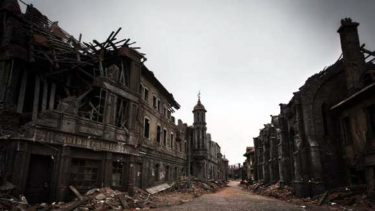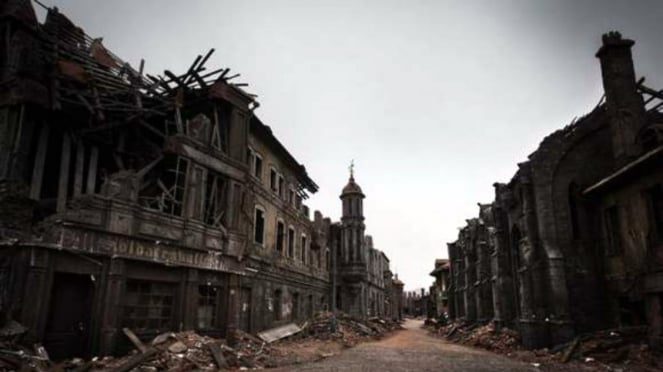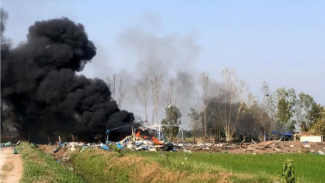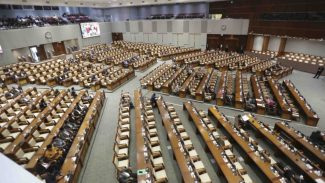United States – In 2100, the world may look vastly different from the present, driven by natural factors such as climate change or human activities. Cities are also poised to undergo significant transformations, with some potentially turning into ghost towns.
A recent study has crunched the numbers and found that, by the end of the century, nearly half of almost 30,000 cities in the United States may experience population declines, losing between 12 to 23 percent of their residents.
According to the analysis, these future cities will resemble fragmented, dwindling, or expanding communities, potentially becoming ghost towns as populations shift.
Ilustrasi kota hantu.
- Dok. Istimewa
This scenario could unfold if local governments and city planners fail to respond and adapt to changing population needs.
"The implications of such massive population declines will pose unprecedented challenges, potentially disrupting essential services such as transportation, clean water, electricity, and internet access alongside city contraction and population decline," the researchers warn.
Mass population decline in specific areas could lead to the closure of grocery stores, resulting in food deserts. Neglected infrastructure in shrinking cities may also leave communities without access to clean water, as seen in Jackson, Mississippi, in 2021.
The potential impacts of population decline in these cities go beyond the originally studied challenges of transportation facing cities within a single state, namely Illinois, amid changing population dynamics over time.
Currently, 43 percent of cities in the United States are losing population, a figure that, according to the analysis, is expected to rise over time.
Depending on climate scenarios modeled, up to 64 percent of cities may experience population declines by 2100, with the Northeast and Midwest likely to be affected.
Texas and Utah, despite current growth, are also projected to see population declines by 2100.
However, population trend estimates for the coming decades are inherently uncertain, and this analysis does not explore economic or social factors driving the projected trends.



























